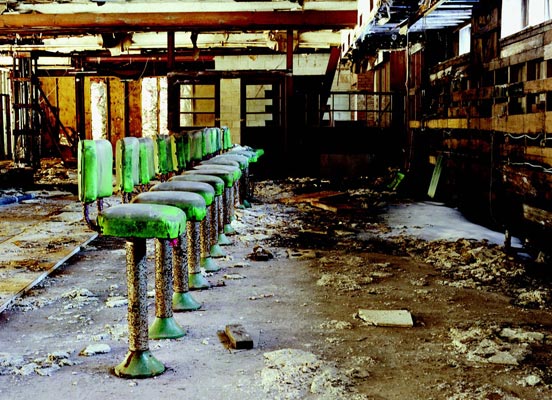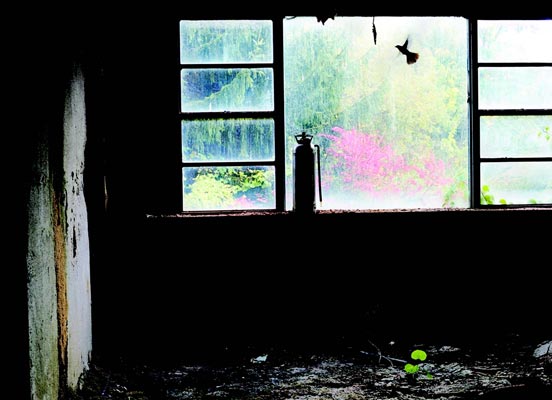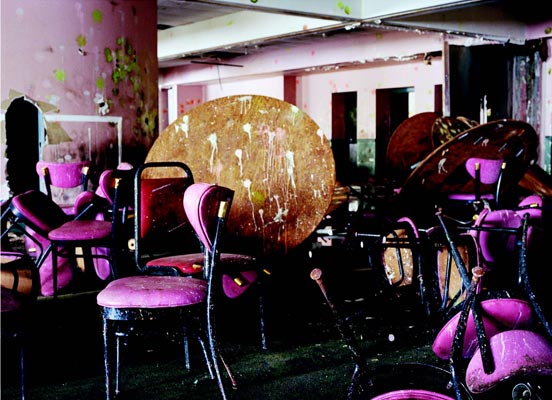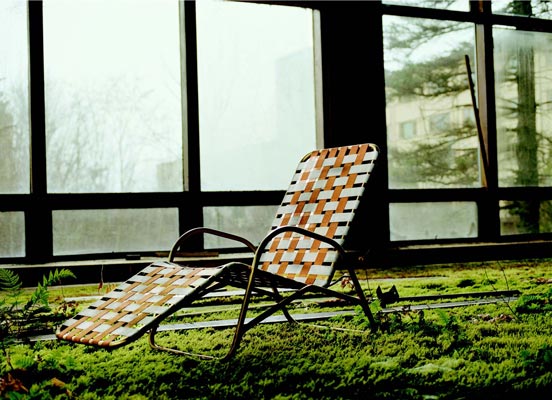layers
A LOST WORLDPhotographs by Marisa Scheinfeld | |
|
Born in 1980, Marisa Scheinfeld did not know the Jewish Catskills, known as the Borscht Belt, in its heyday. She did however, grow up in the very heart of the area, on Kiamesha Lake in Sullivan County, and heard tales of grand hotels, shuffleboard tournaments, lavish meals and standup comics who rushed from hotel to hotel making people laugh. As an adult with a B.A. and M.F.A. in Studio Art and Photography, Scheinfeld embarked on a project to document what had happened to this world gone by. “What I uncovered,” she said, “is the presence of a transformed Borscht Belt, a relic and ruin all at once; one in many ways that is alive. Often I could not tell where the man-made ended and where nature began.” She found herself to be both photographer and archaeologist as she searched for clues and remnants of a former time. What she found a far cry from the Borscht Belt in its prime, a period that stretched from the 1920s through the 1970s, when the Catskills were a retreat for millions of Americans, especially Jews. At its peak, in the post-World War II era, more than 600 hotels and resorts were in operation, offering a taste of the American Dream with a sense of glitz and style. The Catskills decline was the result of numerous by factors, including cheap air travel and families with two working parents and some even say air conditioning. In the fall of 2016, Cornell University Press will publish a monograph of her work, including 80 photographs, and select Borscht Belt ephemera from her own collection. For more information on Scheinfeld and her work,
visit |




|
| PREVIOUS ARTICLE | NEXT ARTICLE |